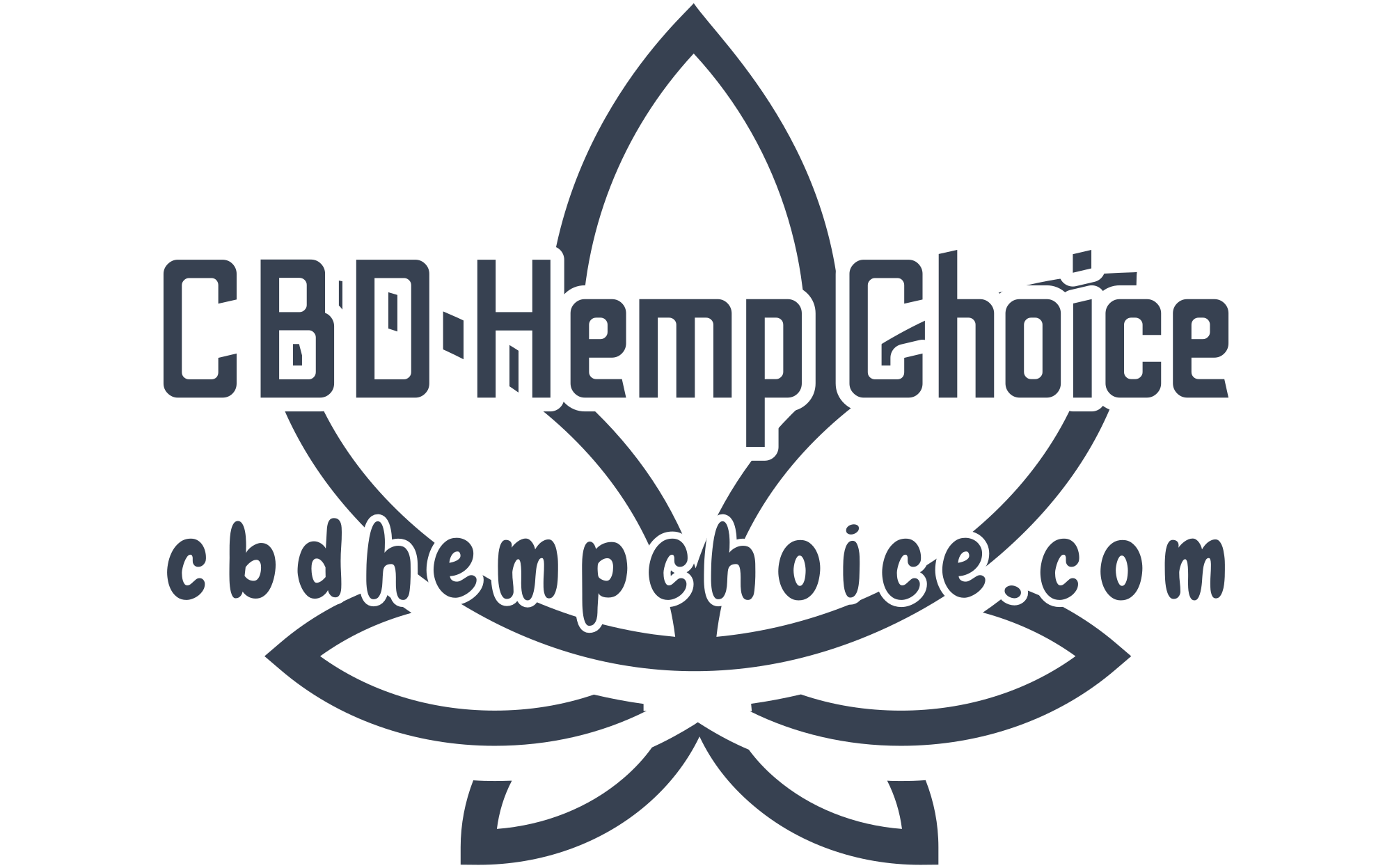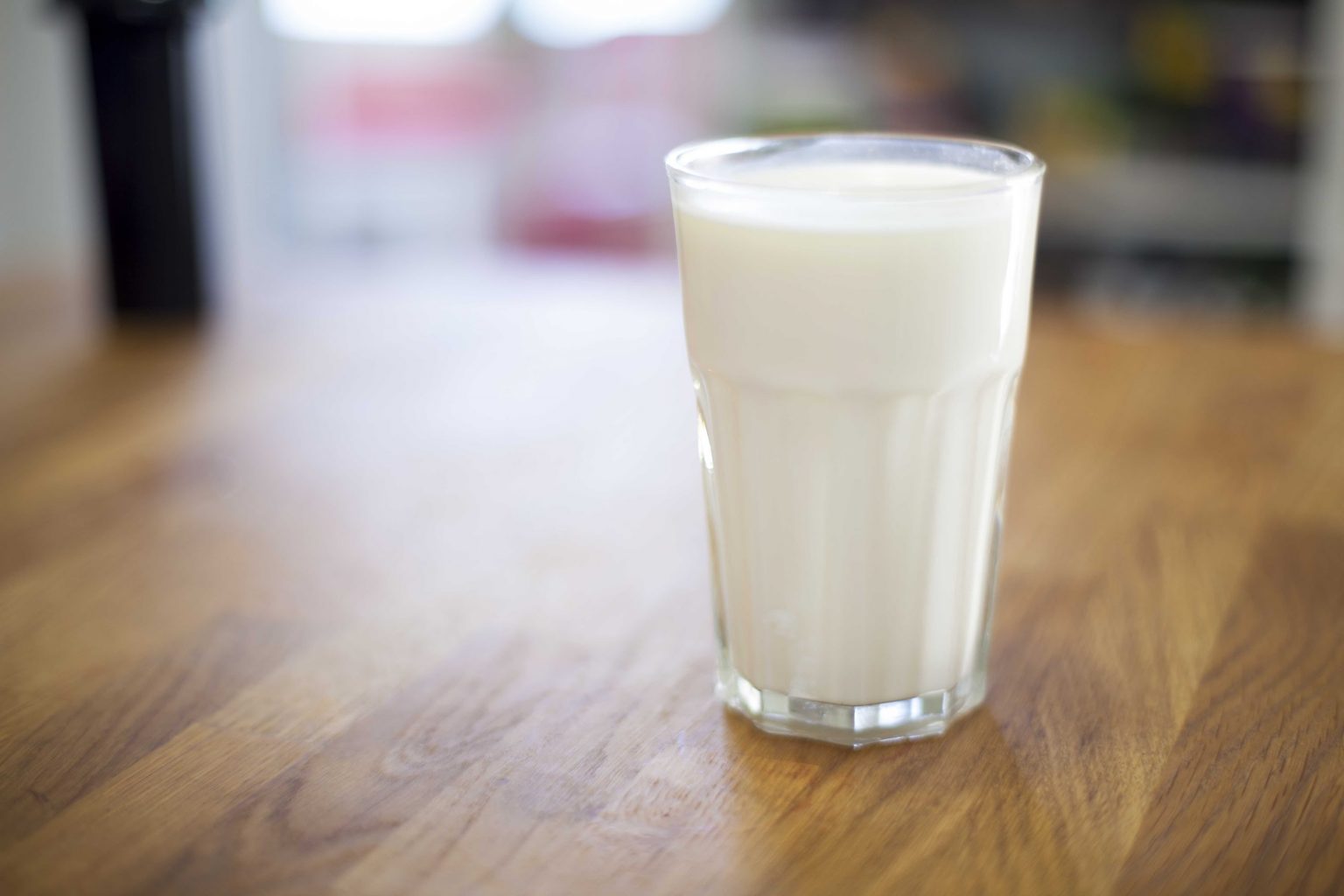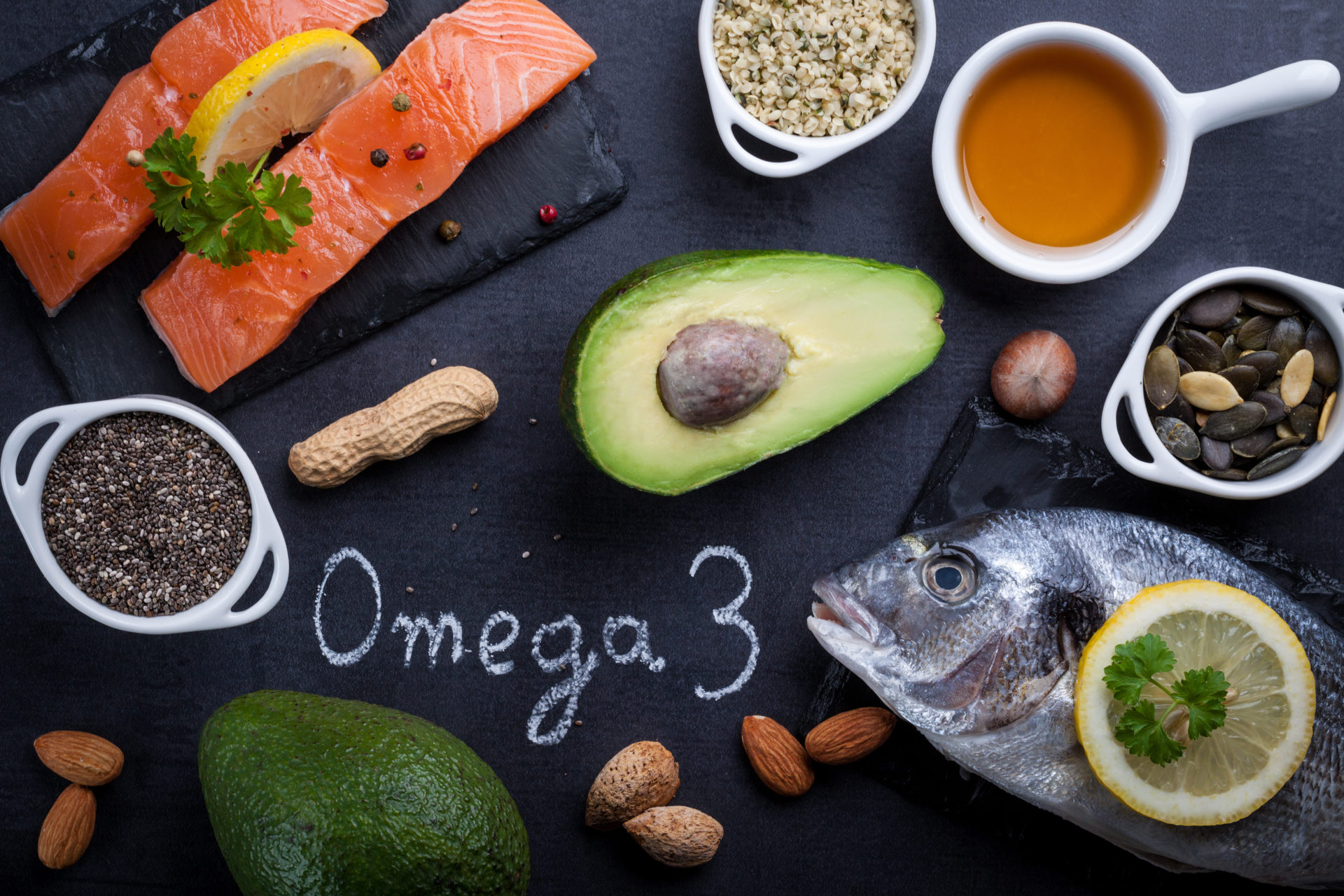Echinacea, a group of herbaceous plants native to North America, has been traditionally used for various medicinal purposes, including the treatment and prevention of colds. Over the years, echinacea has garnered significant attention for its potential immune-boosting properties. This comprehensive guide delves into the effectiveness of echinacea for colds, examining scientific evidence, understanding how it works, and addressing common questions and considerations.
Understanding Echinacea
Echinacea comprises several species, but three main types are commonly used for medicinal purposes: Echinacea purpurea, Echinacea angustifolia, and Echinacea pallida. These plants contain various compounds thought to contribute to their immune-boosting effects, including phenols, alkamides, and polysaccharides.
How Echinacea Works
The proposed mechanism behind echinacea’s effectiveness in treating colds involves stimulation of the immune system. It’s believed that echinacea acts as an immunostimulant, helping to activate the body’s defense mechanisms against pathogens. This includes the enhancement of phagocytosis, increased leukocyte activity, and the stimulation of cytokine production.
Scientific Evidence on Echinacea for Colds
Efficacy in Preventing Colds
Studies on echinacea’s effectiveness in preventing colds have yielded mixed results. Some research suggests that taking echinacea can reduce the risk of catching a cold by 10-20%, while other studies find no significant preventative effect. The variability in findings can be attributed to differences in study designs, echinacea preparations, dosages, and participant populations.
Impact on Cold Duration and Severity
Evidence regarding echinacea’s impact on the duration and severity of colds also varies. Some studies report a modest reduction in the duration of colds (by 1-2 days) and a slight decrease in symptom severity among those who take echinacea compared to a placebo. However, other research has not found a significant difference in outcomes between echinacea users and non-users.
Considerations When Using Echinacea
Types and Forms
Echinacea is available in various forms, including capsules, tablets, tinctures, and teas. The effectiveness of echinacea can vary depending on the type and part of the plant used (e.g., roots, leaves, or flowers) and the specific preparation method. There is no universally recommended form or dosage, making it important to follow the product’s instructions or consult a healthcare provider.
Safety and Side Effects
Echinacea is generally considered safe for short-term use in adults. The most common side effects are mild and can include digestive symptoms, allergic reactions, and skin irritation. Individuals with autoimmune diseases, pregnant or breastfeeding women, and those taking immunosuppressive medications should exercise caution and consult a healthcare provider before using echinacea.
Drug Interactions
Echinacea may interact with certain medications, including immunosuppressants and drugs metabolized by the liver. It’s essential to consult with a healthcare provider before starting echinacea if you are taking any medications to avoid potential interactions.
FAQs
How much echinacea should I take to prevent or treat a cold?
There is no standardized dosage for echinacea, as its efficacy can depend on the specific product and form used. It’s crucial to follow the manufacturer’s recommendations and consult with a healthcare provider, especially for long-term use.
Can children take echinacea?
Research on echinacea’s safety and effectiveness in children is limited. Some studies suggest it might be safe for short-term use in children over the age of two, but it’s important to consult a pediatrician before giving echinacea to a child.
How long can I safely take echinacea?
Echinacea is generally recommended for short-term use, typically not exceeding 8 weeks. Long-term safety data is limited, and taking echinacea for extended periods may increase the risk of side effects or reduce its effectiveness.
Can echinacea cure my cold?
There is no cure for the common cold. Echinacea may potentially reduce the duration and severity of cold symptoms, but it is not a cure. Managing symptoms and supporting the immune system through rest, hydration, and nutrition are also important.
Will echinacea prevent me from catching a cold if I’m around sick people?
Echinacea may offer a modest reduction in the risk of developing a cold, but it’s not foolproof. The best prevention strategies include frequent handwashing, avoiding close contact with sick individuals, and maintaining a healthy lifestyle.
Are there people who should avoid taking echinacea?
Individuals with autoimmune diseases, those on immunosuppressive therapy, pregnant or breastfeeding women, and people with allergies to plants in the daisy family should exercise caution and consult a healthcare provider before using echinacea.
Can I take echinacea with other cold treatments or supplements?
While echinacea can be part of a broader approach to managing cold symptoms, it’s essential to consider potential interactions with other treatments or supplements. Consulting with a healthcare provider can help ensure that your approach to cold management is safe and effective.
Conclusion
Echinacea remains a popular natural remedy for colds, backed by centuries of traditional use. While scientific evidence provides some support for its effectiveness in reducing the duration and severity of cold symptoms, results are mixed, and further research is needed. When considering echinacea, it’s important to choose high-quality products, follow recommended dosages, and consult with a healthcare provider to ensure it’s appropriate for your health situation. As part of a holistic approach to health, echinacea may offer benefits for some individuals seeking to manage cold symptoms and support their immune system.
- Sculptra Surrey – Collagen Stimulation Therapy Near Bisley, Surrey - May 31, 2025
- Nasolabial Fold Fillers – Marionette Lines Near Tatsfield, Surrey - May 30, 2025
- The Dark Side Of Breadcrumbing And How To Break Free - May 30, 2025




